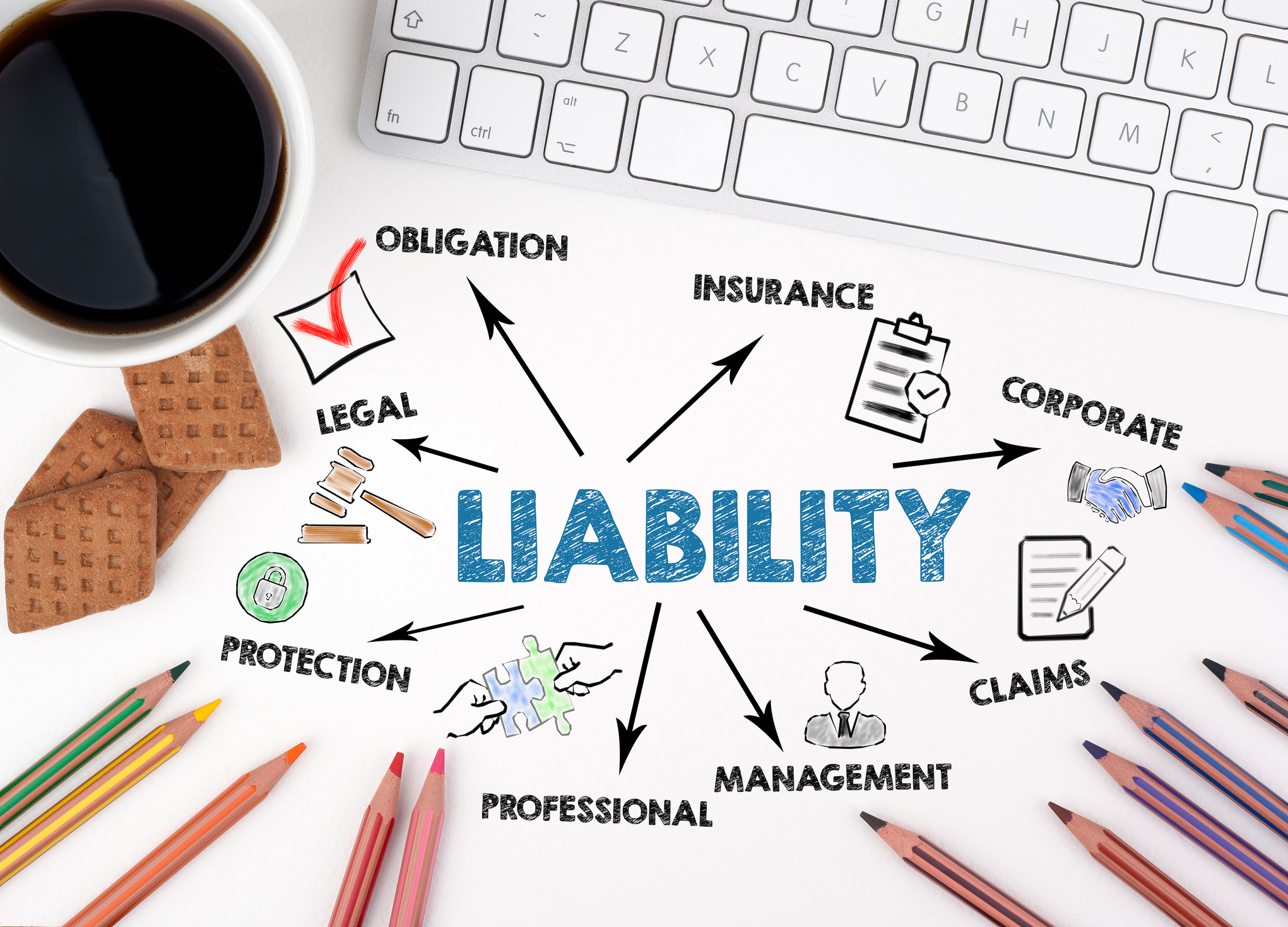August/September 2014
LEGAL BEAT
Limited Liability, Software Piracy, Noncompete Clauses

Q
uestion: In recent years, I have heard a great deal about limited liability corporations, limited liability partnerships, and similar entities. Why would an engineering firm want to organize itself in this manner? (Indiana)
A
nswer: In general, an engineering firm attempting to organize in this manner may be seeking to insulate itself against certain business risks and uninsured losses and also possibly to permit individuals not licensed as design professionals (e.g., engineers, architects, surveyors) to have an ownership interest in the firm. State laws vary greatly in this area. While some states do not permit these entities to practice unless all owners are licensed design professionals in the state, others have much less stringent ownership and management provisions (e.g., only the individual in charge of a local office need be licensed in that state). It is important for engineering firms that seek to organize in this manner to follow all applicable legal requirements because failure to follow those requirements could result in the inability to collect the firm’s professional fee.
Q
uestion: As an owner of a medium-sized engineering firm, I have recently noticed reports of damage awards against some engineering firms for copyright violations resulting from misuse of software by employees within a firm. What are some of the ways a firm can be exposed to liability for software copyright violations? (Florida)
A
nswer: Clearly, software piracy is illegal and can have very costly consequences. Piracy can be as simple as two employees installing the same program on their computers when the license agreement permits only one. It can be as widespread as the deliberate, systematic copying of programs throughout the engineering firm, or the purchase of computers with “preloaded” software that was never authorized by the software’s creators. If your engineering firm has obtained software from these sources, or has purchased software that did not come with a license for its use, proper documentation, or other obvious signs that it is genuine, you may be running the risk of using pirated software. If an employee installs unauthorized copies of software on company computers or illegally downloads software from the Internet, the firm will be held liable—even if the firm’s management was not aware of the employee’s actions.
Q
uestion: I own a small engineering firm and have an established base of clients that I would like to maintain. As I hire new employees, I would like them to sign agreements that prevent them from leaving the firm in the future and then competing directly with my firm and soliciting business from the client lists that I have developed over the many years that I have been in practice. What steps should I take? (California)
A
nswer: Most states recognize the enforceability of “covenants not to compete” entered into between employers and employees as long as they are reasonable in length of time and scope (e.g., geographic). However, California is one state that has demonstrated longstanding hostility toward such provisions. Many California employers use narrowly tailored “covenants not to compete” prohibiting their former employees from soliciting customers for a relatively short period of time following termination of employment. However, as a caution, a 2003 California decision, Thomson v. Impaxx Inc., 7 Cal Rptr. 3d 427 (2003) held that narrowly tailored nonsolicitation covenants are unlawful restraints on trade unless their enforcement is necessary to protect trade secrets. So it appears that in California, even mildly worded restrictions are sometimes not effective.
Responses are based on questions posed to NSPE Legal Counsel Arthur Schwartz.
Are you an NSPE member with a legal question for this column? Send it to Arthur Schwartz, 1420 King St., Alexandria, VA 22314-2794; fax 703-836-4875; or e-mail [email protected].
These questions and answers do not, in any way, constitute legal advice. Always consult your own attorney before reaching any conclusions or acting upon any information presented in this forum. Also note that legal precedents change. An answer based on a case from several years ago may have a new perspective today.


 Volunteering at NSPE is a great opportunity to grow your professional network and connect with other leaders in the field.
Volunteering at NSPE is a great opportunity to grow your professional network and connect with other leaders in the field. The National Society of Professional Engineers (NSPE) encourages you to explore the resources to cast your vote on election day:
The National Society of Professional Engineers (NSPE) encourages you to explore the resources to cast your vote on election day:




